It has always been an industry standard to specify surface finish requirements on a metal part being manufactured. Aside from its superficial effect, it bears a benefit on the overall integrity, strength, and structure of a metal part. This article will guide you through the fundamental information you need to learn about parts finishing.
In simple terms, surface finishing is a process where the surface of a manufactured metal part is altered to the desired appearance or surface texture. The types of finishes are determined based on what process is used to achieve the finish. These may involve various methods like mechanical, chemical, or electrical.
To control a part’s quality and functionality, surface finish requirements are usually called out on engineering prints. Examples of the callouts can be read like these: “as milled”, “ground finish”, RA value, “coated”, “plated”, and many other ways.
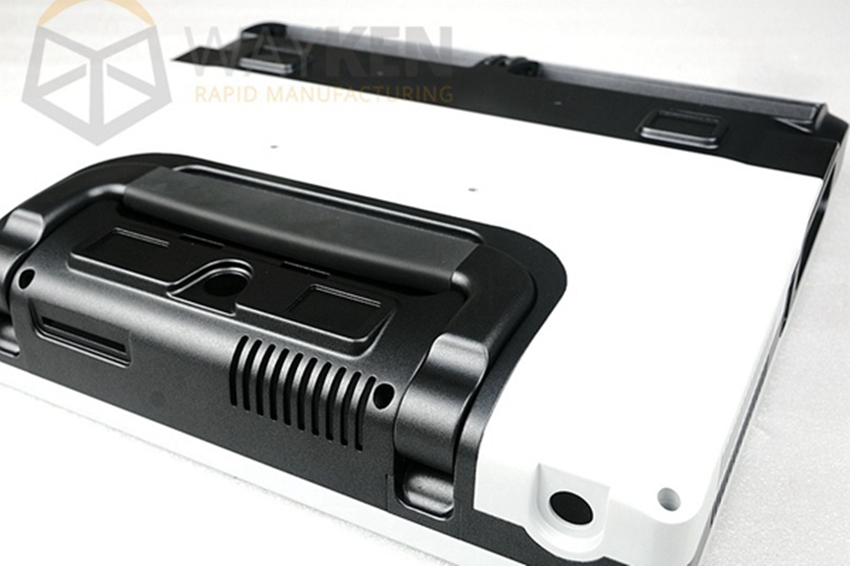
Surface finishes are highly relevant in defining and maintaining a metal part’s overall quality. That is why many product engineers control the surface of their designs. Below are simplified explanations on why surface finishing is important in the industrial manufacturing process:
Surface finishing is capable of adding a unique color, finish, and “feel” to manufactured parts.
Parts like shafts, bushings, and sleeves used for aerospace applications are often controlled to have a ground finish. This is to comply with the criticality of the fits and to maintain the functionality of these parts.
Manufacturing processes like plating and coating adds a whole new protection level of corrosion resistance on a metal part.
Believe it or not, surface finishing helps minimize weak points on a metal part by eliminating surface imperfections that may lead to undesirable stress concentrations.
Mechanical finishing processes, like sandblasting, are a good way of preparing a part for coating. It helps with the adhesion of coating materials into the metal part.
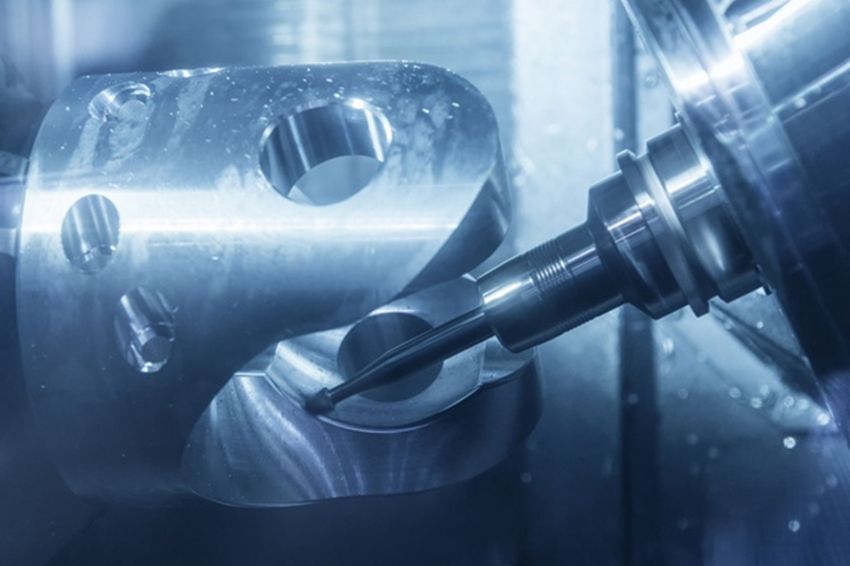
The surface finishing process may be done through various methods, these include mechanical, chemical, and electrochemical. Mechanical finishing involves the use of surface finishing tools like abrasives and other polishing techniques. Chemical finishing on the other hand involves the use of solutions and compounds to change the appearance of a metal part. Lastly is the electrochemical finishing process wherein it involves using both chemicals and electricity to bring out the desired result on a surface.
Here are the most common types of surface finishing processes:
This falls under mechanical finishing where an abrasive wheel is used to smooth out a part’s surface. This grinding process is flexible enough to provide different levels of surface roughness based on any application.
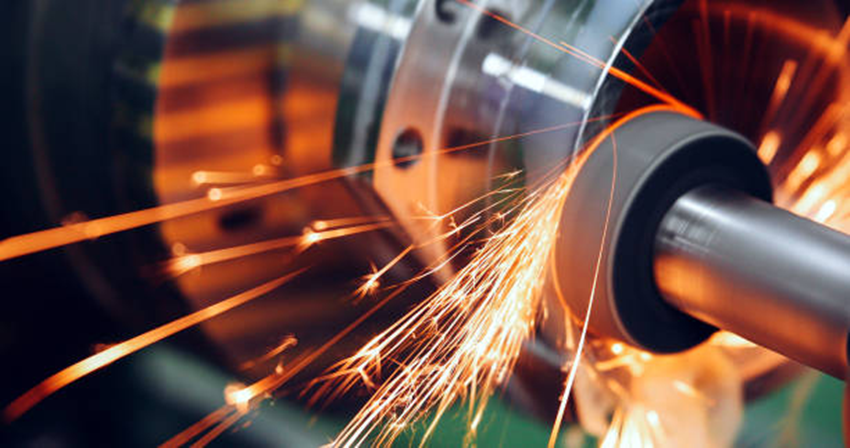
Lapping and honing is a mechanical way of finishing where either a lapping compound or a fine abrasive tool is used to polish the surface. These techniques are used for high precision applications that require an ultra-fine surface roughness and highly controlled flatness. The parts finished through lapping and honing are much smoother than ground surfaces.
As the word implies, the sand is blasted onto the surface of a part to give off a matte texture on the metal part. This process uses the power of air pressure mixed with the abrasive properties of
sand. Sandblasting is often done prior to coating processes to improve the adhesion of the coating materials.
This is often used in finishing aluminum parts wherein the surface is subjected to a controlled electrochemical oxidation process. Anodizing improves a part’s appearance and durability as it adds on color and a protective layer onto the metal part.
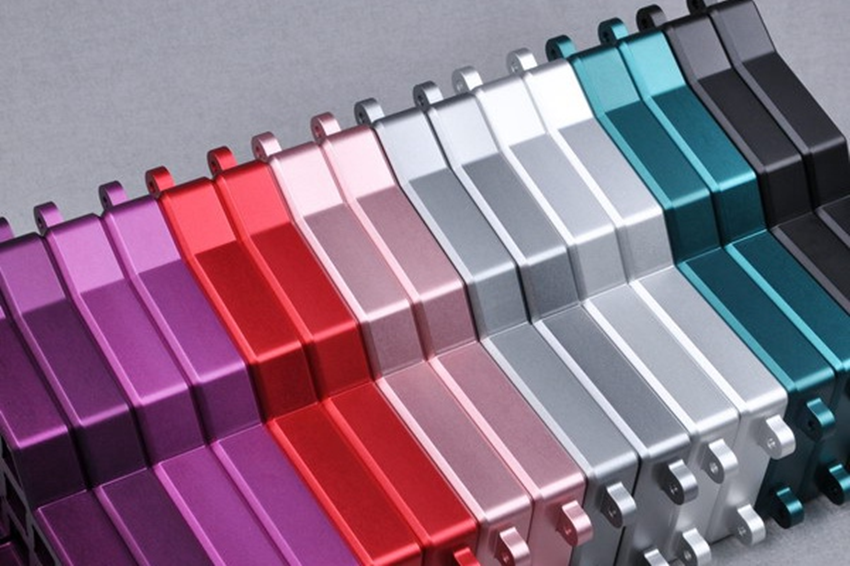
This process is typically done to provide a decorative appearance that looks like paint but with added durability. Powder coating is preferred by many clients due to its effectiveness in hiding surface defects.
This is an advanced surface finishing process where a combination of hot gas and metallic powder is sprayed onto the metal part. These types of coating exponentially enhance a material’s strength, impact resistance, and wear resistance. It is important to take note however that after a part has been coated, this will still undergo a flattening process where the work part is ground and super-finished.
This usually involves both chemical and electrical processes to alter the properties of a metal’s surface. Some examples are chromium plating, nickel plating, zinc plating, and many more. Plating is usually applied to parts that are often subjected to harsh situations and environments.
This is an example of chemical surface finishing where an acid solution, often referred to as pickle liquor, is used for surface treatment. Steel pickling is done to metal parts that have impurities like rust and scale.
Generally, surface roughness can be understood as the deviation of the highest point and lowest point of a surface. The smaller the deviations, the smoother the surface is. On the other hand, the bigger the deviation, the rougher the surface is. The roughness of a part highly contributes to its reflectivity or shininess.
Let us dwell more on surface roughness as it is one of the most common specifications critically controlled in metal parts fabrication.
The most common measure for roughness we see in the industry is the Ra value. This value is derived from the average of the surface heights. There are several methods of measuring systems developed in
gauging a surface finish. The most common methods are direct measurement, contactless, and comparison methods.
This involves allowing the diamond-shaped tip of a stylus to contact with the part being measured perpendicularly. While drawing the stylus throughout the part, the instrument automatically computes the deviations of the highest and lowest point, providing the end-user with a defined value. One example of this is the profilometer.
Unlike direct contact measurements, contactless measuring methods rely on optical sensors that measure wave bounces and reflections on a surface.
The comparison method uses a surface roughness comparator that contains different samples for various roughness ranges. Tactile and visual judgments are used in measuring roughness through this method.
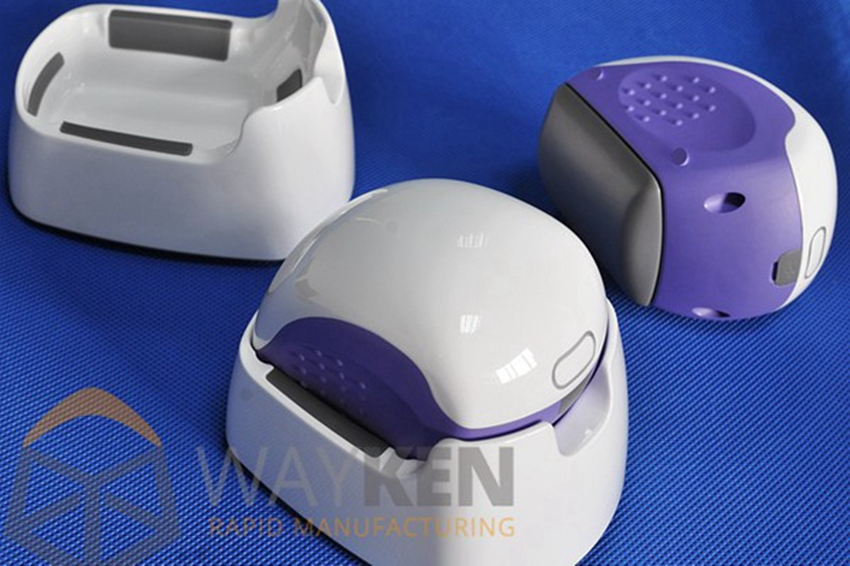
You have to be knowledgeable of the mechanical properties of the metal part you will be working with. Harder materials use tougher abrasives for grinding, while softer materials like aluminum may not be
compatible with some of the hardest abrasives. Knowing the material will prevent you from using incompatible tools that may destroy both the part being finished and the tool used.
Each of the finishing processes has its respective advantages depending on what or where it will be used for. Some methods provide reflective finishes that are aesthetically pleasing, while others result in a matte finish that is great as a preparatory step for further coating. You have to define the necessary requirements for your part, whether it needs to be resistant to scratches, corrosion, impact, wear, smooth surface, or many more.
In mechanical finishing, the smoother your surface finish is, the longer it will be needed to be finished. Be mindful of the processing times of the finishing processes.
The different factors involved in pricing include processing time, materials used on the surface treatment processes, tooling, and equipment used. The longer your processing time, the more expensive your part gets.
The final surface finishing techniques complete a metal part because not only does it enhance the overall appearance, it also defines a part’s quality, durability, and resistance to various factors like corrosion, impacts, wear, and tear.
Source: www.waykenrm.com